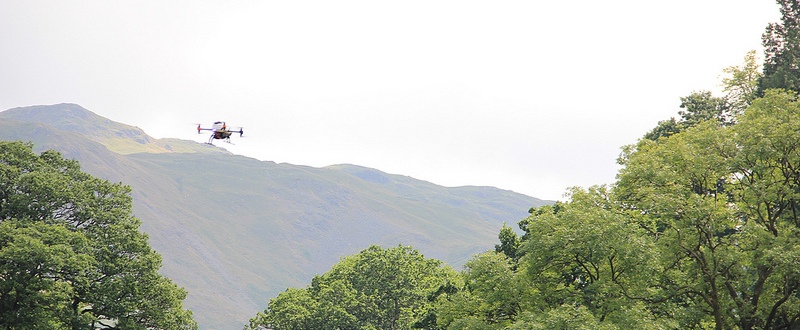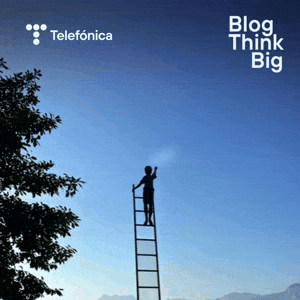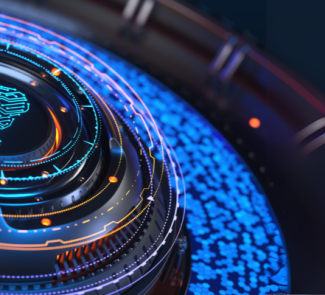Drones are playing a more and more dynamic role in agriculture as the cost of the technology drops.
In just a few years, the use of drones has expanded from military technology aimed at reconnaissance and even carrying out attacks, to include many new civilian applications. One of the fields in which this is expected to have an especially large impact is agriculture. As in the battlefield, drones are used to monitor a particular area; on a plantation, they can monitor the state of the irrigation and its general condition. While some of the more fascinating uses, such as the programme announced by Amazon to deliver packages with these unmanned vehicles, are still in the very early stages, the introduction of these devices in the fields is feasible right now.
Drones are not yet being used in agriculture, but a good number of tests have already been carried out, and in countries like Japan, systems supported by unmanned vehicles have already been implemented on a larger scale. Cropland is one of the areas that is being researched most intensively, and lately there has been a push forward in the use of drones for different civilian tasks such as the identification of archaeological heritage, the prevention of natural disasters by monitoring volcanoes and risk zones, and coastal monitoring.
Of all of the possibilities offered by this technology, agricultural production is perhaps the clearest use and also the one that is receiving the most attention. In agriculture, drones will be used to increase productivity, changing methods that have hardly changed at all over the last few decades.
After all, there is one pressing need in the world: feed an ever-expanding population. To do this, it is essential to increase the productivity of the crops that are grown today, preventing losses caused by pests and making better use of the intensity permitted in some areas. Another benefit of the use of drones in agriculture is that it avoids the excessive use of chemical products on crops, because it monitors the crops more precisely so that diseases can be prevented, rather than using the less artificial option of eliminating them.
Unmanned aircraft can be guided autonomously by GPS and can send photos or images of the condition of the crops in real time. This can be used to watch for outbreaks of diseases, control irrigation or even keep birds away. Drones can can also be used to deliver fertilizer or chemical products to eliminate pests.
The deployment of drones in the world
Crops are becoming larger and larger, with the ultimate goal of increasing productivity, which is one of the purposes for which drones are being used. New systems are being tested in different parts of the world with the help of the data processing capabilities offered by big data. In Peru, a research project by the Catholic University has experimented with the use of this technology to increase production of the land and to modernise farming techniques.
However, the use of drones is much more firmly implemented in other places. In Japan, a model manufactured by Yamaha has been in use for more than 20 years. In 2010, 30% of the country’s rice fields were sprayed with insecticides from the air. Similar technology is being used in the US, but there is still no legal framework to regulate it. If a framework is created, according to a report by the Association for Unmanned Vehicle Systems International, 90% of the civilian uses of drones will be in agriculture and security.
Image: millstastic









